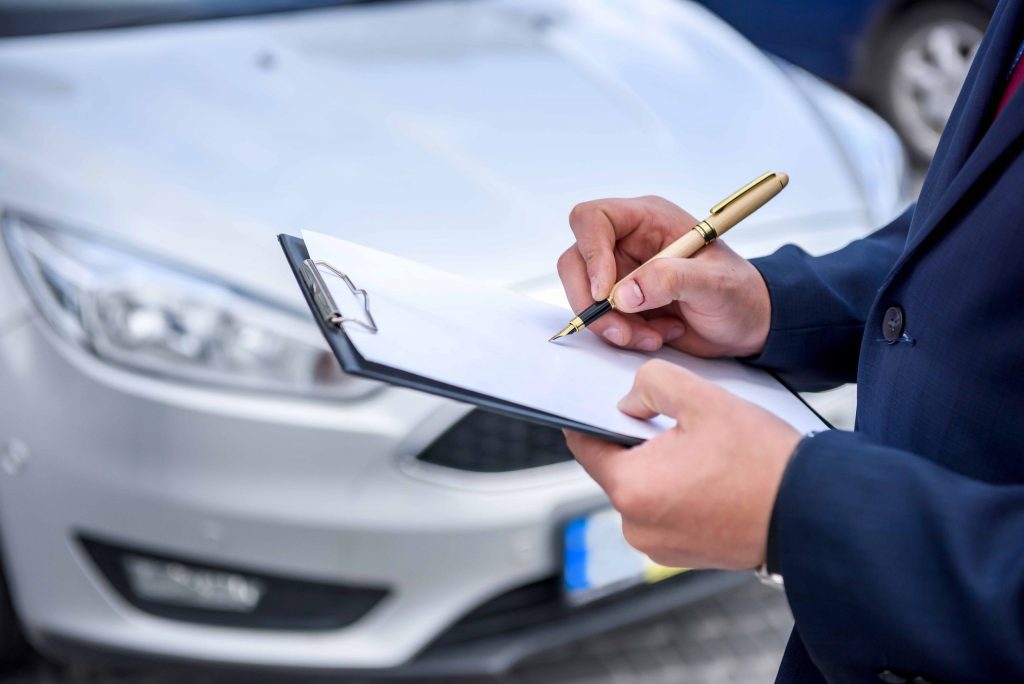Buying a used car is a great way to save money, but it can be tricky to ensure that you are getting a good deal. One of the biggest concerns with buying a used car is odometer fraud. Odometer fraud is when someone rolls back the odometer to make the car appear to have fewer miles than it actually does. This can result in you paying more for a car than it’s worth, and can also be dangerous if the car has more wear and tear than you expect. In this article, we will give you tips on how to detect odometer fraud and ensure a safe and smart purchase.
Check the Vehicle History Report
The first step in detecting odometer fraud is to check the vehicle history report. This report will show you the number of owners the car has had, any accidents it has been in, and the reported mileage. If the reported mileage is significantly lower than what you see on the odometer, it may be a red flag that the odometer has been tampered with.
Inspect the Odometer
The next step is to inspect the odometer itself. Look for any signs that the odometer has been tampered with, such as scratches around the odometer or loose screws. You can also check for any inconsistencies in the mileage on the odometer. For example, if the mileage jumps from 50,000 to 100,000 in a short period of time, it may be a sign of odometer fraud.
Check the Service Records
Another way to detect odometer fraud is to check the service records. If the car has been serviced regularly, there should be a record of the mileage at each service. If the mileage on the service records is significantly higher than what is on the odometer, it may be a sign of odometer fraud.
Get a Pre-Purchase Inspection

Getting a pre-purchase inspection is always a good idea when buying a used car. A qualified mechanic can inspect the car for any signs of wear and tear, as well as check the mileage on the odometer. They can also check for any signs of odometer fraud, such as mismatched or worn-out parts.
Ask for Maintenance Receipts
Finally, ask the seller for maintenance receipts. If they can’t provide any, it may be a sign that they haven’t taken good care of the car. If the receipts show a significant difference between the mileage on the odometer and the mileage on the receipts, it may be a sign of odometer fraud.
In conclusion, detecting odometer fraud is essential when buying a used car. By checking the vehicle history report, inspecting the odometer, checking the service records, getting a pre-purchase inspection, and asking for maintenance receipts, you can ensure a safe and smart purchase. Don’t let odometer fraud cost you money and put you in danger. Take the time to do your research, get pre purchase inspection and make an informed decision.

